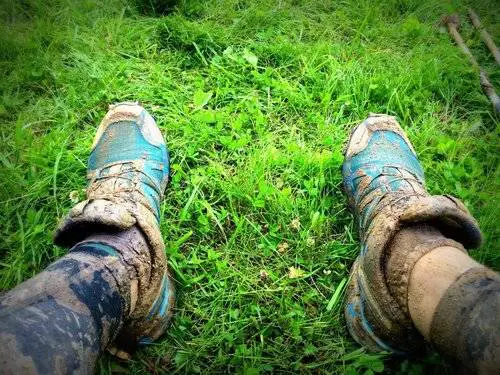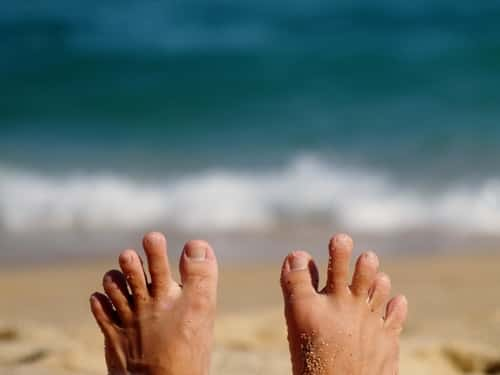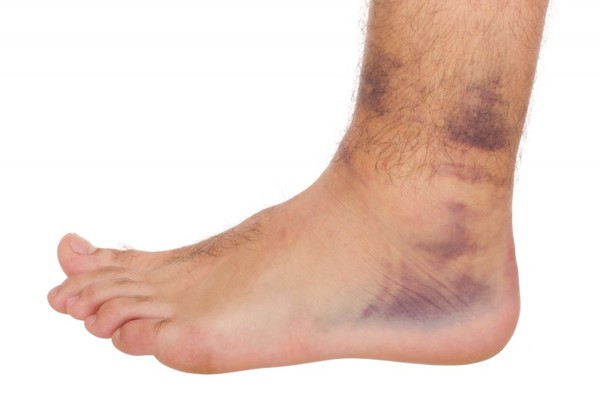Swollen ankles or legs by the end of the day is a common issue faced by many, particularly adults who spend prolonged periods sitting or standing. This condition, known as peripheral edema, can range from a harmless inconvenience to a signal of an underlying health condition.
Common Causes of Swollen Ankles or Legs
Swelling in the ankles or legs typically results from fluid retention. Fluid can accumulate in the lower extremities due to gravity, especially after long periods of standing or sitting. Some common causes include:
| Cause | Description |
|---|---|
| Prolonged Inactivity | Sitting or standing for too long can cause fluid to pool in the legs. |
| High Sodium Intake | Excess salt in the diet can lead to fluid retention. |
| Venous Insufficiency | Veins struggle to return blood to the heart, causing swelling. |
| Pregnancy | Increased pressure on veins can result in swollen ankles. |
| Medications | Some medications, such as blood pressure drugs, can cause swelling. |
A Closer Look at Venous Insufficiency
Venous insufficiency is a common underlying factor in leg and ankle swelling. It occurs when the valves in the veins fail to function properly, making it difficult for blood to return to the heart. This can lead to fluid buildup, particularly at the end of the day when gravity has had more time to pull fluids downward.
- Who is at Risk?: Those with sedentary lifestyles, individuals who are overweight, and people over the age of 50 are at higher risk. Women are also more susceptible due to hormonal factors.
Did You Know? Venous insufficiency affects up to 40% of adults in the United States, with prevalence increasing with age (source: American Venous Forum).
Lifestyle Factors and Prevention
The best way to prevent swollen ankles or legs is to stay active and make simple lifestyle modifications. Here are some practical tips to help you keep your legs and ankles healthy:
- Move Regularly: If you have a job that requires prolonged sitting or standing, take breaks every hour to move around. Even a short walk can significantly reduce fluid buildup.
- Elevate Your Legs: Whenever possible, elevate your legs above the level of your heart to encourage fluid return. This is particularly effective after a long day of standing or sitting.
- Wear Compression Stockings: Compression stockings can help improve blood flow and reduce swelling. Prices for these stockings range from $20 to $60, depending on the level of compression and brand.
- Reduce Sodium Intake: High sodium intake leads to fluid retention. Aim for a balanced diet rich in potassium, which can help counteract the effects of sodium.
Medical Conditions Associated with Swollen Legs
Swelling in the legs can sometimes be indicative of an underlying medical condition that requires attention. Here are some of the more serious causes:
| Medical Condition | Symptoms to Watch For |
|---|---|
| Heart Failure | Swelling accompanied by shortness of breath or chest pain. |
| Kidney Disease | Swelling in combination with fatigue and changes in urination. |
| Deep Vein Thrombosis (DVT) | Swelling in one leg, redness, and warmth—seek immediate help. |
| Liver Disease | Swelling along with jaundice or abdominal pain. |
If you experience additional symptoms, such as difficulty breathing, pain, or significant asymmetry in swelling (one leg more swollen than the other), it is crucial to seek medical evaluation promptly.
Did You Know? Up to 5% of adults over the age of 50 will develop some form of venous thrombosis during their lifetime (source: CDC).
Practical Example: Swelling from Long Flights
Consider a scenario where an individual takes a long-haul flight of over 8 hours. Prolonged sitting, combined with the lower cabin pressure, can lead to noticeable swelling in the feet and ankles by the time they land. To counter this, experts recommend wearing compression socks and walking around the cabin at least every 2 hours to keep blood circulating.
The Role of Compression Stockings
Compression stockings are one of the most effective and affordable ways to prevent and reduce swelling. These stockings apply gentle pressure to the legs, promoting better circulation and helping veins move blood efficiently back to the heart.
| Compression Stocking Type | Average Cost (USD) | Best Use Case |
|---|---|---|
| Mild Compression (8-15 mmHg) | $20 – $30 | Everyday use for mild swelling or prevention. |
| Moderate Compression (15-20 mmHg) | $25 – $40 | Prolonged sitting, such as long flights or desk jobs. |
| Firm Compression (20-30 mmHg) | $35 – $60 | For medical conditions like varicose veins. |
Advice from Our Editorial Team
If you frequently experience swollen ankles or legs by the end of the day, the key is to stay proactive. Movement, elevation, and managing dietary sodium are simple but powerful ways to address and prevent this condition. Compression stockings can be a worthwhile investment for those who find themselves on their feet—or seated—for extended periods. Remember, it’s always wise to listen to your body and consult with a healthcare professional if swelling becomes persistent or is accompanied by other symptoms.









